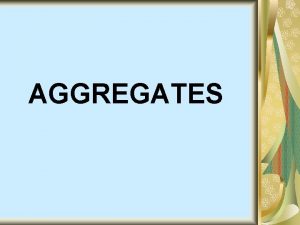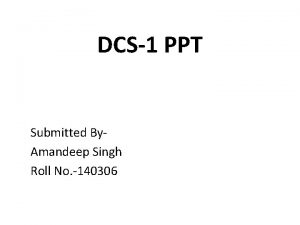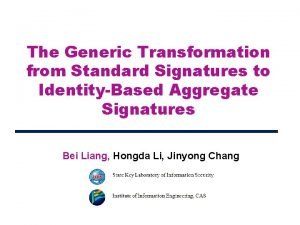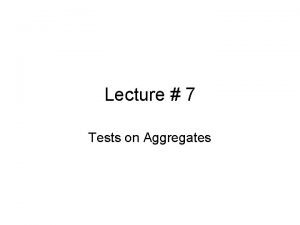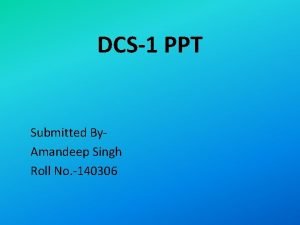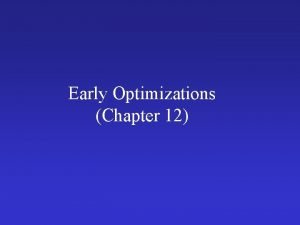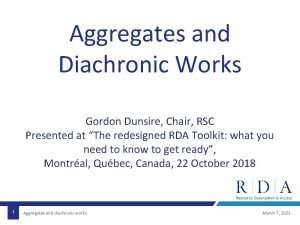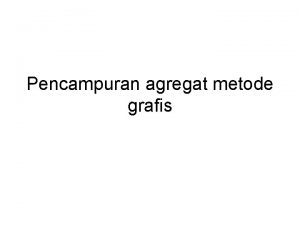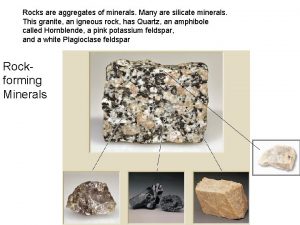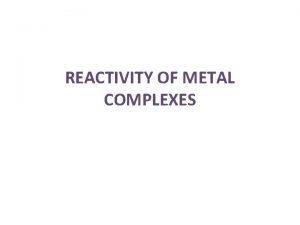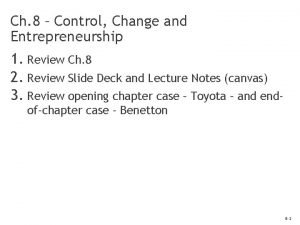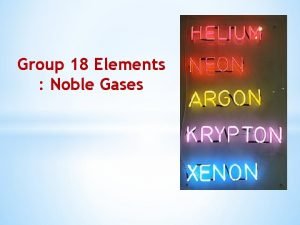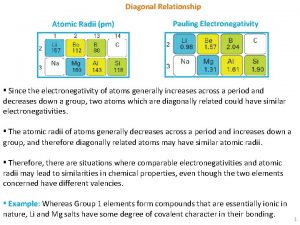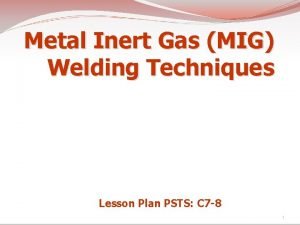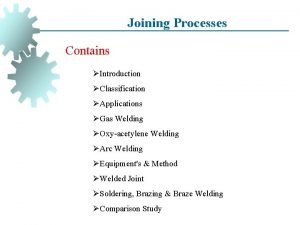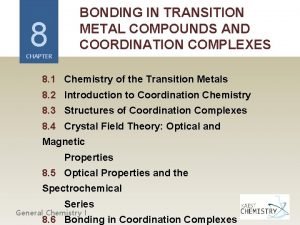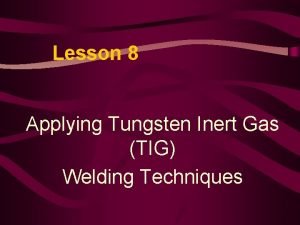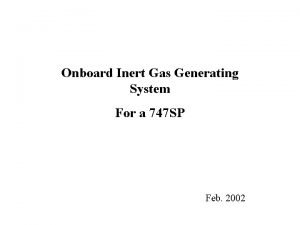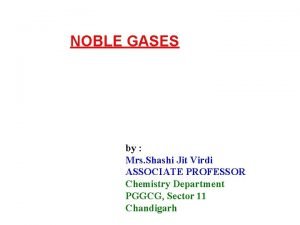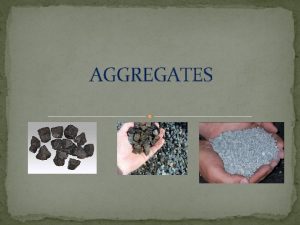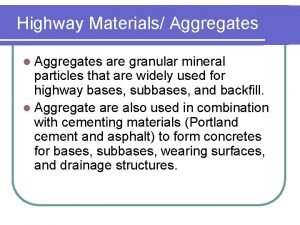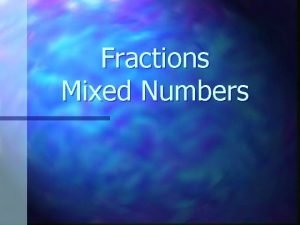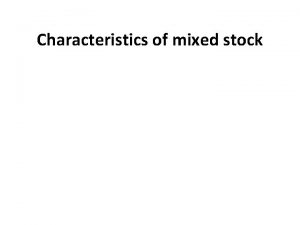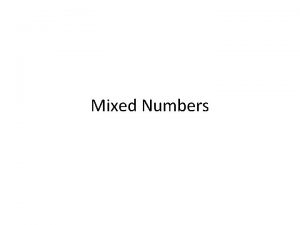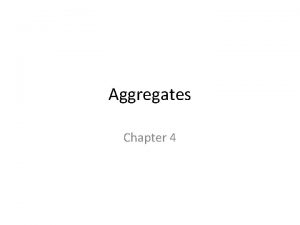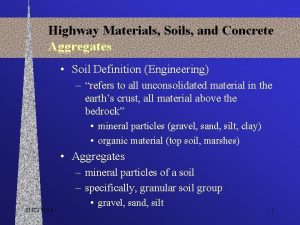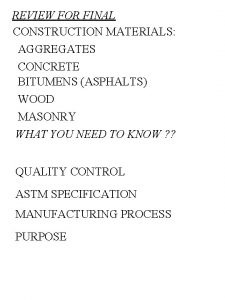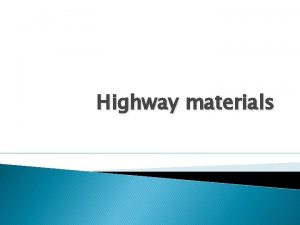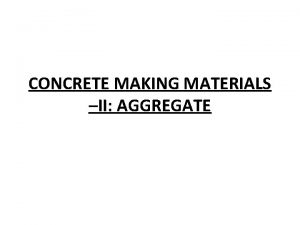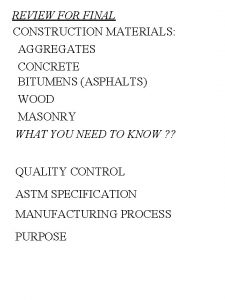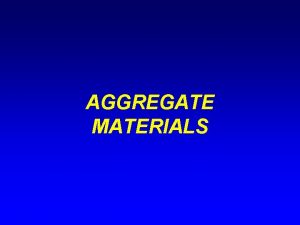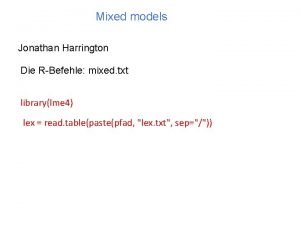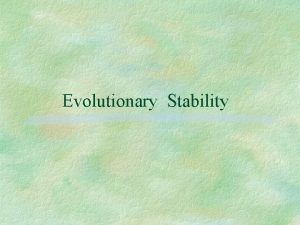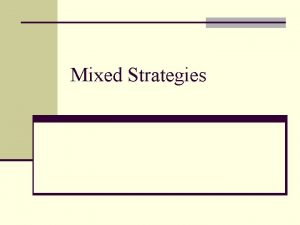Aggregates Aggregates are inert materials mixed with a




















- Slides: 20

Aggregates • Aggregates are inert materials mixed with a binding material like cement or lime in the preparation of mortar or concrete. – Granular material of mineral composition such as sand, gravel, shale, slag or crushed stone. 1

CLASSIFICATION OF AGGREGATES Ø According to Source: 1. Natural aggregate: Native deposits with no change in their natural state other than washing, crushing & grading. (sand, gravel, crush stone) 2. Artificial aggregates: They are obtained either as a by-product or by a special manufacturing process such as heating. (blast furnace slag, expanded perlite)

Ø According to Petrological Characteristics: 1. Igneous rocks: are formed by solidification of molten lava. (granite) 2. Sedimentary rocks: are obtained by deposition of weathered & transported pre-existing rocks or solutions. (limestone) 3. Metamorphic rocks: are formed under high heat & pressure alteration of either igneous & sedimentary rocks (marble). Ø According to Unit Weight: 1. Heavy weight agg. : Hematite, Magnetite Specific Gravity, Gs > 2. 8 2. Normal weight agg. : Gravel, sand, crushed stone 2. 8 < Gs <2. 4 3. Light weight agg. : Expanded perlite, burned clay Gs < 2. 4

Normal-Weight Aggregate ASTM C 33 Most common aggregates • Sand • Gravel • Crushed stone Produce normal-weight concrete 2200 to 2400 kg/m 3

Normal weight Aggregates River gravel Crushed Limestone Crushed Concrete 5

Lightweight Aggregate (1) ASTM C 330 Expanded – Shale – Clay – Slate – Slag Produce structural lightweight concrete 1350 to 1850 kg/m 3

Ultra-lightweight Aggregates Vermiculite Perlite Pumice Scoria Diatomite 7

Heavyweight Aggregates Magnetite (left) Magnetite-sand (right) 8

Ø According to Size: 1. Fine aggregate: d ≤ 5 mm 2. Coarse aggregate: d > 5 mm Ø Aggregates containing a whole range of particles are named as “all-in” or “pit-run” aggregates.

Coarse Aggregates • Coarse aggregates are retained on 4. 75 mm(#4) sieve. • Aggregates the size of whose particle is bigger than 4. 75 mm but smaller than 7. 5 mm are known as coarse aggregates. 10

Fine Aggregate • Sand and/or crushed stone • < 5 mm • F. A. content usually 35% to 45% by mass or volume of total aggregate

Coarse Aggregate • Gravel and crushed stone • 5 mm • typically between 9. 5 and 37. 5 mm

Fine Aggregates • Particles of fine aggregates pass through 4. 75 mm(No. 4) sieve. Most commonly used fine aggregates are sand, crushed stone, ash or cinder and surki. 13

Particle Shape and Surface Texture • The shape and surface texture affect the properties of fresh concrete more than the properties of hardened concrete. • Rough-texture, and angular particles require more water to produce workable concrete than do smooth, rounded and compact particles. For both crushed or noncrushed aggregate, proper gradation gives the same strength for the same cement factor. 14

PARTICLE SHAPE & SURFACE TEXTURE Ø In addition to petrological character, the external characteristics, i. e. The shape & surface texture of aggregates are of importance. Particle Shape Ø Rounded: Completely water worn & fully shaped by attrition. (River Gravel) Ø Irregular: Partly shaped by attrition so it contains some rounded edges. (Land Gravel)

Ø Angular: Has sharp corners, show little evidence of wear. (Crushed Stone) Ø Flaky: Thickness is relatively small with respect to two other dimensions. (Laminated Rocks) Ø Elongated: Have lengths considerably larger than two other dimensions L t w

FLAT ANGULAR ELONGATED ROUND

Ø Rounded aggregates are suitable to use in concrete because flaky & elongated particles reduce workability, increase water demand & reduce strength. Ø In the case of angular particles, the bond between agg. Particles is higher due to interlocking but due to higher surface area, angular particles increase water demand & therefore reduce workability. As a result, for the same cement content & same workability rounded agg. Give higher strength. ?

Surface Texture Ø This affects the bond to the cement paste & also influences the water demand of the mix. Smooth: Bond b/w cement paste & agg is weak. Ø Rough: Bond b/w cement paste & agg. is strong. Ø Surface texture is not a very important property from compressive strength point of view but agg. Having rough surface texture perform better under flexural & tensile stresses.

SMOOTH ROUGH
 Antigentest åre
Antigentest åre Inert aggregate
Inert aggregate Grading of aggregates ppt
Grading of aggregates ppt Ibas aggregates
Ibas aggregates Uce first grade aggregates
Uce first grade aggregates Sieve analysis of fine aggregate ppt
Sieve analysis of fine aggregate ppt Scalar replacement of aggregates
Scalar replacement of aggregates Gordon aggregates
Gordon aggregates Blending aggregates
Blending aggregates Test of cement
Test of cement Rocks are aggregates of minerals
Rocks are aggregates of minerals Inertness of a complex depends on
Inertness of a complex depends on Companies with an inert culture
Companies with an inert culture Noble gases general properties
Noble gases general properties Inert pair effect
Inert pair effect What is mig welding
What is mig welding Introduction of gas welding
Introduction of gas welding Spectrochemical series
Spectrochemical series Tig welding definition
Tig welding definition Aircraft onboard inert gas generation system
Aircraft onboard inert gas generation system What is noble gas
What is noble gas

